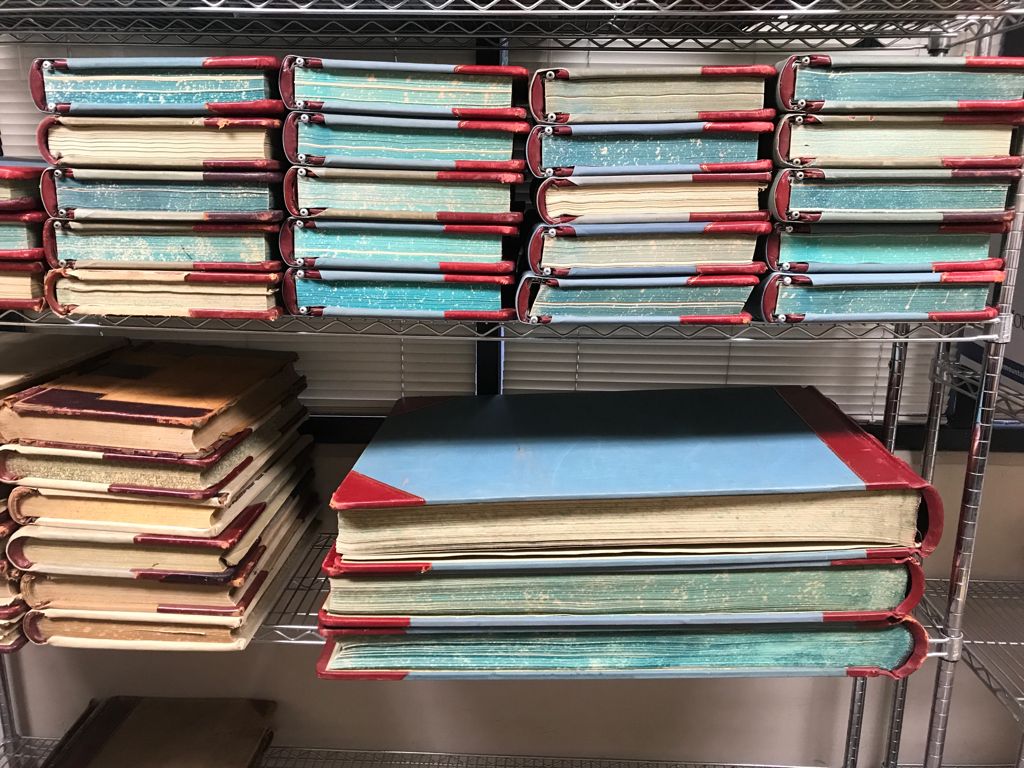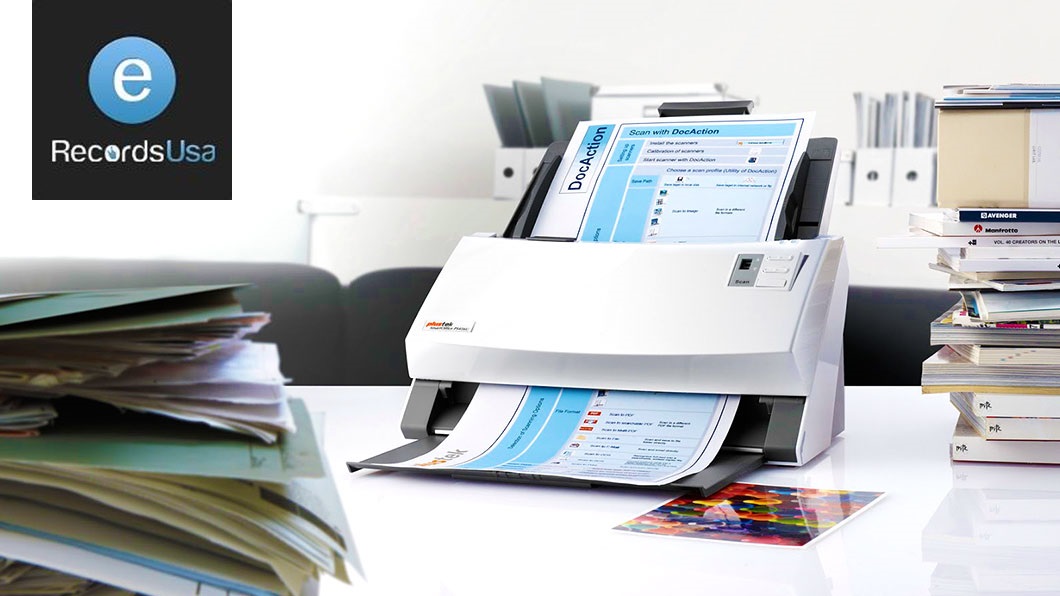Book Scanning Methods
Welcome to our guide on the different types of book scanning! Throughout history, books have served as a form of communication and a reminder of cultural traditions. Whether they contain fiction, history, how-to guides, or clerical information and whether they are kept in a library, archive, records room, or other repository, books are a vital resource containing a vast array of knowledge.
In today’s digital age, it’s becoming increasingly common for people to want to access their favorite books in electronic format. Whether you want to save space on your bookshelf, reduce clutter, or simply have the convenience of reading your books on a device, book scanning can be an excellent solution.
However, not all book scanning methods are created equal. In this guide, we’ll explore the various options available for converting physical books into digital files, including their pros and cons. After reading this post, you’ll have a better understanding of different kinds of book scanning.
Book Scanning – Introduction
Book scanning is the process of converting physical books into digital files, such as a PDF or an image file. This can be done using a variety of methods, including using a flatbed scanner or a digital camera.
The digital copies of the books are easy to index and make searchable. The online book archives contain a collection of books on a topic that a common reader can read. This is quite helpful when it comes to referring to research work or historical book collections.
Book Scanning Methods
There are various book scanning methods such as Outsourcing vs. In-house book Scanning, Destructive vs. Non-destructive book Scanning. Depending on the needs of the project and the characteristics of the book being scanned, here are the details of both the book scanning methods –
1. Destructive Book Scanning
Destructive book scanning is a method of digitizing books in which the physical book is physically destroyed in the process. This method involves cutting the book’s spine, flattening the pages, and then scanning each page individually. The pages are then reassembled into a digital format, such as a PDF or ebook.
This method is generally not recommended as it can cause damage to the physical book. It also makes it difficult to preserve the book in its original condition.
However, destructive book scanning produces a higher level of image quality than non-destructive scanning. You should consider this option if you don’t wish to retain your original books. This method is quite useful if you have smaller size books to preserve.
2. Non Destructive Book Scanning
Non destructive book scanning is a method of digitizing books without causing damage to the original physical book. This method is becoming increasingly popular as more libraries, archives, and individuals seek to preserve and share their collections digitally.
One popular non-destructive book scanning method is the use of a book cradle or book scanner. This type of scanner is specially designed to hold the book open while scanning, preventing the need to physically flip pages. This method is often used for larger books or books with fragile bindings.
There are a few different methods for non-destructive book scanning, including the use of overhead scanners, cameras mounted on robotic arms. Scanners with cameras and artificial intelligence to automatically turn the pages of the book are also used to scan the books.
Non-destructive book scanning aims to preserve the physical books for future use while creating a digital version as close as possible to the original in terms of content and layout.
3. Flatbed Book Scanning
This method involves placing the book on a flatbed scanner, similar to the one you would use to scan documents. The book is placed face-down on the glass and scanned page by page. This method is suitable for small to medium-sized books and works well for books that are not too thick or fragile.
One of the main advantages of flatbed book scanning is that it is a relatively simple and inexpensive way to digitize books. Many modern flatbed scanners are capable of producing high-quality images of text and images, making it an ideal option for preserving and sharing rare or fragile books.
4. Overhead Book Scanning
This method involves using a camera mounted above the book to capture images of each page. The book is placed on a stand and the camera is positioned above it. This method is suitable for larger or thicker books that would not fit on a flatbed scanner.
There are many benefits of overhead book scanning, such as –
- Firstly, it allows for fast, efficient scanning of large numbers of pages of a book, which can save time and money.
- Secondly, it ensures that the images of book are captured in high-quality, with minimal distortion
- Thirdly, overhead book scanning allows for the capture of both sides of each page in a single book scan, which can save time and improve the accuracy of the digital images of books.
5. Drum Book Scanning
This method involves using a drum scanner, which is a specialized scanner that uses a rotating drum to capture High-quality images of each page of the book. The book is placed on the drum and the book scanner scans each page as the drum rotates.
This method is suitable for high-quality scans of photographs, illustrations, and other graphics-heavy books. Both sides of the page in a single scan can be done using drum scanner. This method is commonly used to digitize large quantities of books and documents, such as those found in libraries, archives, and museums.
6. Handheld Book Scanning
This method involves using a handheld scanner to capture images of each page. The book is held open and the scanner is passed over each page. This method is suitable for small books and can be used in situations where the book cannot be removed from its location.
Handheld scanners are typically small and lightweight, making them ideal for use in a variety of settings, such as in libraries and museums. Handheld book scanning is an ideal option for those who need to digitize books and documents on-the-go, such as for field research or for personal use. It is also a cost-effective solution for digitizing small quantities of books and documents.
7. 3D Book Scanning
This book scanning method is used to capture a 3D model of the book. The process involves using a 3D scanner to capture images of each page, which are then used to create a 3D model of the book.
This method is used primarily for preserving old and fragile books. This 3D model can be used to make exact copies of the book. This book scanning method captures not only the images of the pages but also the physical structure of the book. It provides a more accurate representation of the original book. Additionally, 3D book scanning allows for the creation of interactive digital models, which can be explored and used in a variety of ways, such as for education or research purposes.
8. Photographic Book Scanning
This method involves taking a photograph of each page of the book with a digital camera. After that editing the images to create a digital copy of the book. This method is suitable for books with glossy or glossy pages, or for books that have illustrations, photographs, or other graphics that need to be preserved in high resolution.
This is particularly useful for books and documents that contain fine details, such as illustrations, maps, and diagrams, which can be difficult to capture accurately using other book scanning methods. Additionally, photographic book scanning allows for the capture of both sides of each page in a single scan, which can save time and improve the accuracy of the digital images.
Conclusion
Book scanning is a crucial process for preserving and digitizing important texts. Whether you choose to use a flatbed scanner, a specialized book scanner, or a professional book scanning services, it is important to consider factors such as cost, speed, and image quality.
Each method has its own advantages and disadvantages, and the best choice will depend on the specific needs of your project. By understanding the different book scanning methods available and carefully evaluating your options, you can ensure that your books are properly scanned and preserved for future generations.















